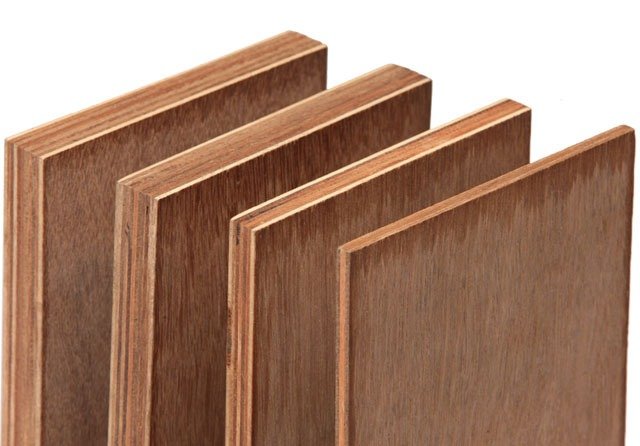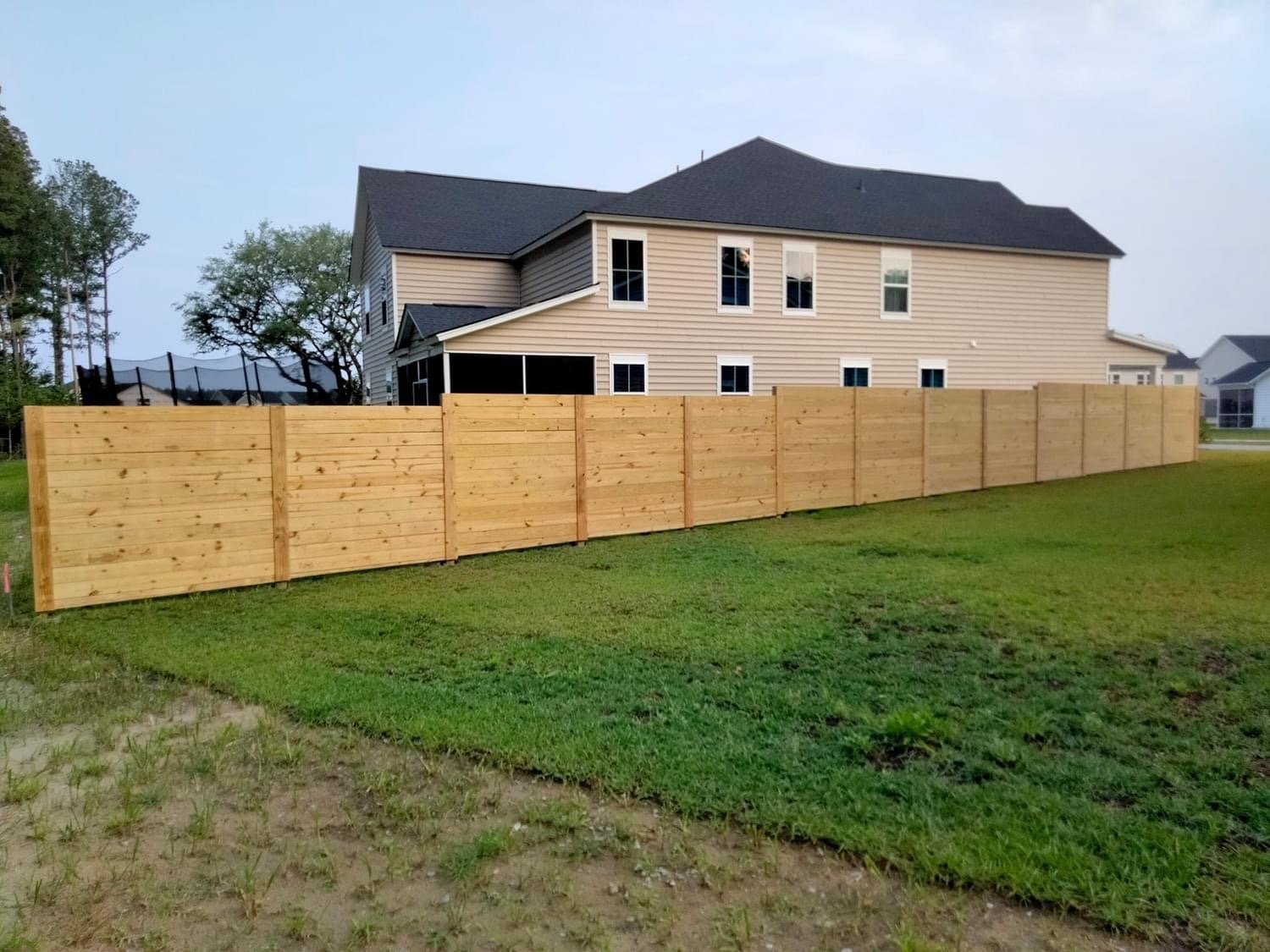You’ve noticed it for a while, haven’t you? A musty, damp odor that hits you when you open the door to the basement or the crawlspace. Maybe you’ve even spotted some discoloration on the ceiling tiles after a long, wet winter—a few black speckles that you keep telling yourself you’ll wipe away one day.
Most of us dismiss it. We chalk it up to our house “settling” or just being an older building. It’s a dangerous game of denial. Because that smell, those spots, they aren’t just an aesthetic issue. They’re a silent red flag waving frantically about the air quality in your sanctuary.
And if your home was built before the 1990s, there’s another specter that could be lurking behind your walls or above your ceiling: asbestos. It’s a word that sends a chill down any homeowner’s spine, and for good reason.
This isn’t about fearmongering. It’s about facts. The truth is, dealing with mold and asbestos isn’t a DIY weekend project. It’s a job for certified professionals who understand the science, the safety protocols, and the stakes. In Ontario, one name that consistently comes up when you start digging into who those true experts are is Kleen Condition.
But what separates a truly professional service from a guy with a spray bottle and a respirator? Let’s break that down.
Why “Just Bleaching It” is the Worst Thing You Can Do For Mold
I get it. The first instinct for any proud homeowner is to tackle a problem head-on. You see black mold, you grab a bottle of bleach, and you go to war. Honestly, this approach is so common it’s practically a cultural rite of passage.
But here’s the hard truth: surface cleaning mold with bleach is like putting a band-aid on a broken leg. It might look better for a few weeks, but you’ve done absolutely nothing to address the root cause. Mold is a fungus, and its visible surface growth is just the tip of the iceberg. Its root system (the hyphae) penetrates deep into porous materials like drywall, wood, and insulation. Bleach can’t reach it.
Worse, scrubbing it disturbs the colony and can send a massive plume of microscopic spores into your air, spreading the contamination to other areas of your home. You could literally make the problem exponentially worse.
A certified mold remediation company, like Kleen Condition, doesn’t just clean. They remediate. And there’s a world of difference.
Their process looks something like this:
- Inspection and Assessment: First, they figure out the why. Using moisture meters and thermal imaging, they track down the source of the moisture—be it a slow leak, condensation, or a past flood—that’s feeding the growth.
- Containment: Before any work begins, they seal off the affected area with physical barriers and negative air pressure machines. This is critical. It ensures zero spores escape into your clean living spaces during the removal process.
- Removal and Cleaning: They safely remove and dispose of irreparably damaged porous materials. Then, they use professional-grade antimicrobial solutions on the remaining structures to eliminate any trace of the organism at its root.
- Drying and Restoration: They address the moisture source and use industrial air scrubbers and dehumidifiers to return the area to a proper dry state, ensuring it won’t just come roaring back.
- Verification: The job isn’t done until the air quality is tested and confirmed to be safe.
This methodical, scientific approach is the only way to truly win the battle against mold.
Asbestos: The Hidden Enemy in Your Renovation Dreams
If mold is the obvious intruder, asbestos is the secret agent. For decades, it was hailed as a miracle mineral for its heat resistance and durability. It’s woven into the very fabric of countless Ontario homes, hidden in places like:
- Vermiculite attic insulation (especially from the Libby mine)
- Vinyl floor tiles and their backing
- Old plaster and drywall joint compound
- Heating duct insulation and pipe wrap
- Textured “popcorn” ceilings
The terrifying part? Asbestos is harmless if left completely undisturbed and in good condition. The danger erupts the moment it’s agitated during a renovation, repair, or even just accidental damage. Those fibers become airborne, and when inhaled, they can lodge in the lungs for a lifetime, leading to devastating illnesses like asbestosis, lung cancer, and mesothelioma decades later.
This is why the “guy with a respirator” approach isn’t just inadequate; it’s illegal and recklessly dangerous. Asbestos abatement is heavily regulated by the Ontario Ministry of Labour, Training and Skills Development for a reason.
Certified asbestos abatement professionals are trained in:
- Safe Handling: Using precisely wet methods and controlled techniques to prevent fiber release.
- Personal Protective Equipment (PPE): Wearing approved respirators and disposable suits.
- Containment: Building critical, sealed containment zones with negative air pressure.
- Disposal: Safely bagging, labeling, and transporting the hazardous waste to approved landfill sites.
Trying to save a few thousand dollars on improper asbestos removal is a gamble with the long-term health of everyone in your household. It’s simply not a risk worth taking.
Kleen Condition vs. The “Other Guys”: Why Certification is Everything
Anyone can buy a van and print the words “Mold Removal” on the side. The real differentiator—the thing that separates true experts from dangerous amateurs—is certification. It’s not just a piece of paper; it’s a promise of a standardized, scientific, and safe methodology.
Let’s be blunt: when you’re dealing with toxic substances, you don’t want the cheapest option. You want the right one.
| Feature | The “Other Guys” / DIY | Certified Pros (e.g., Kleen Condition) |
|---|---|---|
| Identification | Guessing based on sight/smell. | Professional testing and lab analysis. |
| Containment | Maybe some plastic sheeting and tape. | Critical, sealed containment with negative air pressure. |
| Safety Protocols | A dust mask, if you’re lucky. | OSHA-level PPE, HEPA respirators, protocols. |
| Removal Method | Scrubbing, bleaching, tearing materials out. | Scientific remediation/abatement procedures. |
| Result | Temporary visual fix; high risk of recurrence and cross-contamination. | Permanent solution; guaranteed air quality and safety. |
| Disposal | In your regular trash (illegal for asbestos). | Licensed, legal, and safe disposal of hazardous waste. |
This table isn’t just theoretical. It’s the difference between a job done right and a job that could cost you more in health problems and future repairs than you ever “saved” upfront.
Frequently Asked Questions
Q1: How much does professional mold or asbestos removal cost in Ontario?
Costs vary wildly based on the scope of contamination. A small, contained mold job might start in the low thousands, while a full-home asbestos abatement before a renovation can be a significant investment. The only way to get an accurate price is an on-site inspection. Remember, this isn’t a cost—it’s an investment in your property’s value and your family’s health.
Q2: Will my home insurance cover the remediation?
It often depends on the source of the problem. Sudden and accidental events (like a burst pipe causing mold) are more likely to be covered than long-term neglect (like chronic humidity). For asbestos, coverage is rare unless it’s discovered during a repair for a covered peril. Always check your policy and speak directly with your provider.
Q3: How long does the process take?
A typical mold remediation project for an average-sized area can take 1-3 days. Asbestos abatement can be quicker for small jobs (a day or two) but longer for whole-home removals. The containment and air scrubbing phases are what take the most time to ensure safety.
Q4: Is “dead” mold still dangerous?
Yes, and this is a huge misconception. Even after the organism is killed, its spores and shell remain and can be just as allergenic and irritating. Proper remediation involves the physical removal of these particles, not just killing them.
Q5: My home was built in the 2000s. Do I need to worry about asbestos?
The use of asbestos in construction materials was phased out in the 1980s and officially banned in Canada in 2018. However, it wasn’t completely illegal to sell existing stockpiles until later. While the risk is significantly lower in homes built after 1990, it’s not entirely impossible. If in doubt, especially before a reno, testing is cheap peace of mind.
Q6: Can I stay in my home during the remediation?
For small, well-contained mold jobs, you might be able to stay, though those with severe allergies or asthma may choose to leave. For asbestos abatement or large-scale mold projects, you will absolutely need to vacate the premises for the duration of the work to ensure your safety.
The Final Word: Peace of Mind is Priceless
At the end of the day, your home is your haven. It’s where your family lives, laughs, and grows. The quality of the air they breathe within those walls is arguably the most important factor in their well-being.
Dealing with mold and asbestos is a serious undertaking. It requires expertise, precision, and a deep respect for the dangers involved. It’s not a corner to be cut.
Companies like Kleen Condition built their reputation on providing that expertise to Ontario families. They bring the science, the certification, and the rigorous standards that turn a terrifying situation into a manageable process. They don’t just leave you with a clean space; they leave you with peace of mind—the assurance that your home is truly safe again.
So, the next time you catch that musty smell or dream about knocking down a wall in your older home, you’ll know what to do. Will you trust it to just anyone?











